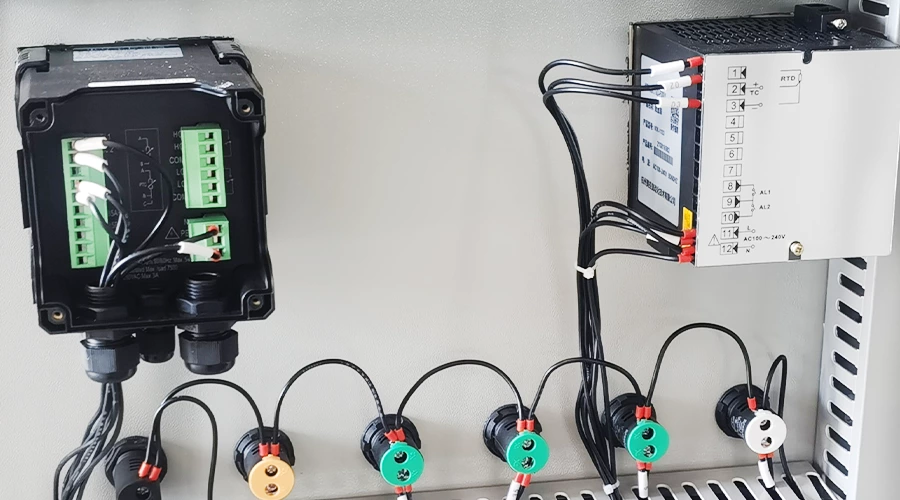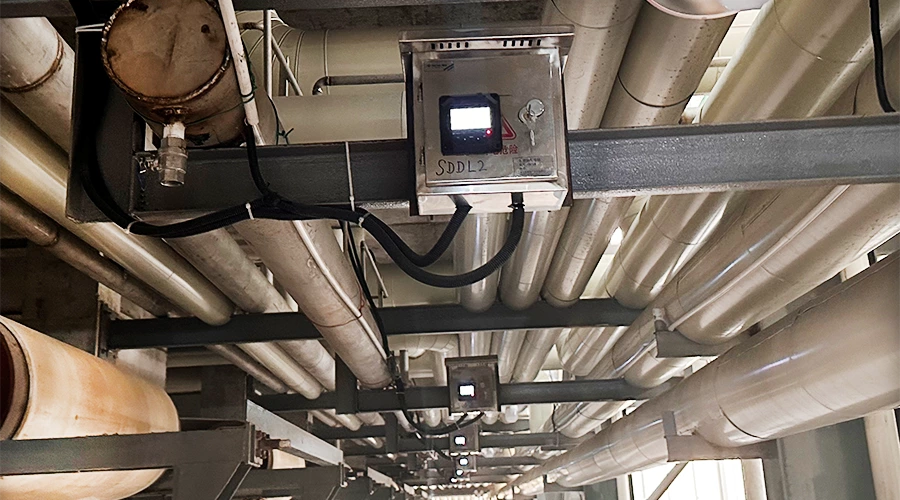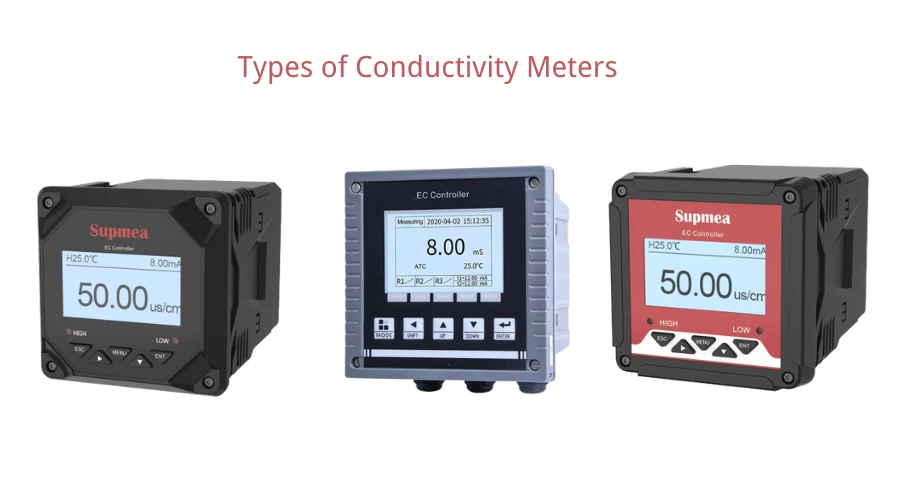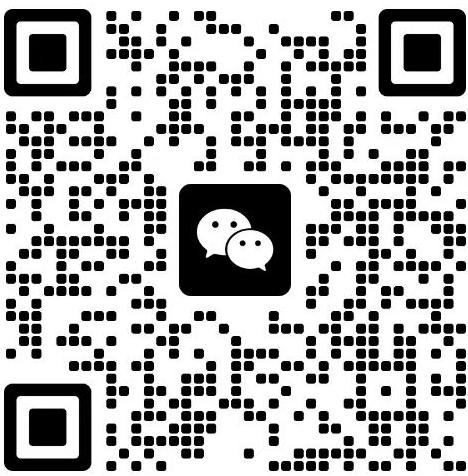Conductivity Sensor and Meter: An Essential Tool for Accurate Measurements
What is conductivity and why is it important?
Conductivity is the measure of a solution's ability to conduct an electrical current. It is directly related to the concentration of dissolved ions in the solution. Conductivity is important because it provides information about the quality and purity of a solution, which can be used for quality control purposes or to identify potential contaminants.
How do conductivity sensors and meters work?
Conductivity sensors and meters work by measuring the electrical conductivity of a solution. Contacting conductivity sensors have two or more metal electrodes that come into direct contact with the solution being measured. Inductive conductivity sensors use a coil to create a magnetic field, which induces an electrical current in the solution being measured.
The electrical conductivity is then converted into a readable measurement using a meter. The meter may display conductivity in units such as Siemens per meter (S/m), millisiemens per centimeter (ms/cm), or microsiemens per centimeter (µS/cm).
Types of conductivity sensors and meters
There are two main types of conductivity sensors and meters: contacting and inductive.
Contacting conductivity sensors
Contacting conductivity sensors have two or more metal electrodes that come into direct contact with the solution being measured. They are commonly used for low-conductivity solutions and are generally less expensive than inductive sensors.
Inductive conductivity sensors
Inductive conductivity sensors use a coil to create a magnetic field, which induces an electrical current in the solution being measured. They are commonly used for high-conductivity solutions and are generally more expensive than contacting sensors.
Factors to consider when choosing a conductivity sensor or meter
When choosing a conductivity sensor or meter, there are several factors to consider:
Range and resolution
The range and resolution of the sensor or meter should be appropriate for the solution being measured. A sensor with a high range and resolution may be necessary for high-conductivity solutions, while a sensor with a lower range and resolution may be sufficient for low-conductivity solutions.
Accuracy and precision
The accuracy and precision of the sensor or meter are important for obtaining reliable measurements. High accuracy and precision are necessary for critical applications where small variations in conductivity can have a significant impact.
Response time
The response time of the sensor or meter is the time it takes for the meter to display a stable reading after being placed in a solution. A faster response time may be necessary for applications where conductivity changes rapidly.
Calibration
Calibration is a process of comparing the readings of a device to a known standard to determine its accuracy. Conductivity sensors and meters should be calibrated regularly to ensure accurate measurements. The frequency of calibration depends on several factors, including the application, the environment, and the manufacturer's recommendations.
During calibration, the conductivity sensor or meter is tested against a standard solution with a known conductivity value. If the readings of the sensor or meter are not within an acceptable range of the known value, adjustments can be made to the device to improve its accuracy.
Regular calibration is important for maintaining the accuracy and reliability of conductivity measurements. Failure to calibrate a conductivity sensor or meter can result in incorrect readings, which can have serious consequences in applications where accurate conductivity measurements are critical, such as in water quality monitoring or chemical processing.

Applications of conductivity sensors and meters
Conductivity sensors and meters have a wide range of applications across various industries. Here are some of the most common applications:
Water Quality Monitoring
Conductivity sensors and meters are widely used in water quality monitoring applications to measure the conductivity of water. Conductivity measurements can provide valuable information about the level of dissolved solids and ions present in the water, which can be used to monitor water quality and detect changes in water composition.
Chemical Processing
Conductivity sensors and meters are used in chemical processing applications to monitor the conductivity of various solutions and mixtures. Conductivity measurements can be used to determine the concentration of different compounds in the solution and ensure that the process is running correctly.
Food and Beverage Production
Conductivity sensors and meters are used in food and beverage production to measure the conductivity of different solutions and mixtures. This can be used to monitor the quality of the product and ensure that it meets specific standards.
Pharmaceutical Manufacturing
Conductivity sensors and meters are used in pharmaceutical manufacturing to monitor the conductivity of different solutions and ensure that they meet specific quality standards. This can help ensure that the final product is safe and effective.
Environmental Monitoring
Conductivity sensors and meters can be used in environmental monitoring applications to measure the conductivity of different bodies of water, including lakes, rivers, and oceans. Conductivity measurements can provide valuable information about the health of aquatic ecosystems and can help detect changes in water quality over time.
These are just a few of the many applications of conductivity sensors and meters. As technology continues to advance, new applications for these devices are likely to emerge, further expanding their usefulness across various industries.

Maintenance and troubleshooting tips for conductivity sensors and meters
Regular maintenance and troubleshooting of conductivity sensors and meters are essential for ensuring accurate measurements and prolonging the lifespan of the device. Here are some maintenance and troubleshooting tips to keep in mind:
- Clean the Sensor: Conductivity sensors can become dirty over time, which can affect their accuracy. Regular cleaning with a soft brush or cloth and a mild detergent can help keep the sensor clean and free from debris.
- Check the Calibration: Conductivity sensors and meters should be calibrated regularly to ensure accurate measurements. If the device is not calibrated correctly, the readings may be inaccurate. Be sure to follow the manufacturer's recommendations for calibration frequency and procedures.
- Check the Temperature: Conductivity measurements are temperature-dependent, so it's essential to ensure that the temperature of the sample and the device is stable and within the operating range of the device.
- Check for Damage: Conductivity sensors and meters can be damaged over time, particularly if they are exposed to harsh chemicals or other corrosive substances. Regularly check the device for signs of damage, such as cracks or breaks, and replace the device if necessary.
- Troubleshoot Common Problems: If the device is not providing accurate measurements or is malfunctioning, try troubleshooting common problems such as checking the power source, ensuring the correct calibration standards are being used, and checking the cables and connections.
By following these maintenance and troubleshooting tips, you can ensure that your conductivity sensor or meter is operating correctly, providing accurate measurements, and lasting for as long as possible.
Common misconceptions about conductivity sensors and meters
- Conductivity meters and sensors are essential tools for measuring the conductivity of different solutions and mixtures. However, there are several misconceptions about these devices that can lead to confusion and misunderstandings. Here are some common misconceptions about conductivity sensors and meters:
- Conductivity and TDS are the same thing: Total dissolved solids (TDS) are a measure of the amount of dissolved solids in a solution, while conductivity is a measure of the ability of a solution to conduct electricity. While TDS can be used to estimate conductivity, the two are not the same thing, and conductivity measurements can provide more detailed information about the composition of the solution.
- Conductivity measurements are not affected by temperature: Conductivity measurements are highly temperature-dependent. Changes in temperature can significantly affect conductivity measurements, and it's essential to ensure that the temperature of the sample and the device is stable and within the operating range of the device.
- Conductivity sensors and meters are only used for water: While conductivity sensors and meters are widely used in water quality monitoring applications, they can be used to measure the conductivity of any solution or mixture, including chemicals, food and beverages, pharmaceuticals, and more.
- Conductivity sensors and meters are difficult to use: While conductivity sensors and meters may seem complex, they are relatively easy to use with some basic knowledge and training. Most devices come with user manuals and tutorials to help users get started.
- Conductivity measurements provide all the information needed for quality control: While conductivity measurements can provide valuable information about the composition of a solution, they are not a comprehensive measure of quality. Other factors, such as pH, temperature, and chemical composition, should also be considered when evaluating the quality of a product.
By understanding these common misconceptions about conductivity sensors and meters, users can make more informed decisions about how to use and interpret the measurements provided by these devices.
Conclusion
Conductivity sensors and meters are essential tools for measuring the conductivity of different solutions and mixtures, with applications in a wide range of industries, including water treatment, food and beverage, pharmaceuticals, and more. These devices provide accurate, reliable measurements that can help users monitor the quality and composition of their products and processes.
To get the most out of conductivity sensors and meters, it's important to understand how they work, how to calibrate and maintain them properly, and how to interpret the measurements they provide. It's also essential to be aware of common misconceptions about these devices, such as the idea that conductivity and TDS are the same thing or that conductivity measurements are not affected by temperature.
By following best practices for calibration, maintenance, and troubleshooting, users can ensure that their conductivity sensors and meters are operating correctly and providing accurate measurements. And by avoiding common misconceptions, users can make more informed decisions about how to interpret and apply the data provided by these devices.
Overall, conductivity sensors and meters are valuable tools for anyone who needs to measure the conductivity of different solutions and mixtures, and by following best practices and avoiding misconceptions, users can get the most out of these devices for their specific applications.
FAQs
Q1: How often should I calibrate my conductivity sensor?
A1: The frequency of calibration depends on several factors, such as the stability of the sensor, the nature of the samples being tested, and the requirements of the specific application. As a general guideline, it's recommended to calibrate conductivity sensors at least once a month or more frequently if they are exposed to harsh or changing environments.
Q2: Can I use a conductivity sensor to measure the salinity of seawater?
A2: Yes, conductivity sensors can be used to measure the salinity of seawater by converting the conductivity measurement into a salinity reading using a formula or table that takes into account the temperature and other factors.
Q3: Can conductivity sensors be used to measure the purity of water?
A3: Conductivity sensors can be used to measure the purity of water, but they should be used in conjunction with other measurements, such as pH and total organic carbon, to provide a more comprehensive picture of water quality.
Q4: How do I troubleshoot a conductivity meter that is giving erratic readings?
A4: Erratic readings can be caused by a variety of factors, such as contamination, electrical interference, or improper calibration. To troubleshoot the problem, try cleaning the sensor, checking the connections, and recalibrating the meter. If the problem persists, contact the manufacturer for assistance.
Q5: Can I use a conductivity sensor to measure the concentration of a specific chemical in a solution?
A5: Conductivity sensors can provide an indirect measure of the concentration of some chemicals in a solution, but they are not typically used as a primary method of chemical analysis. For accurate and precise chemical measurements, specialized analytical instruments should be used.




